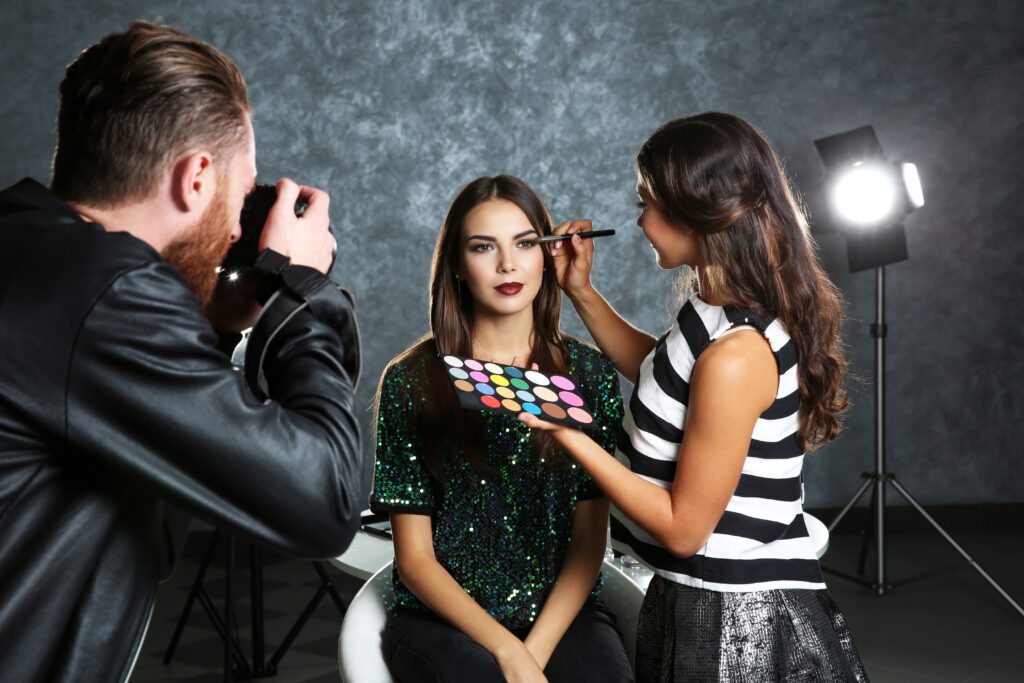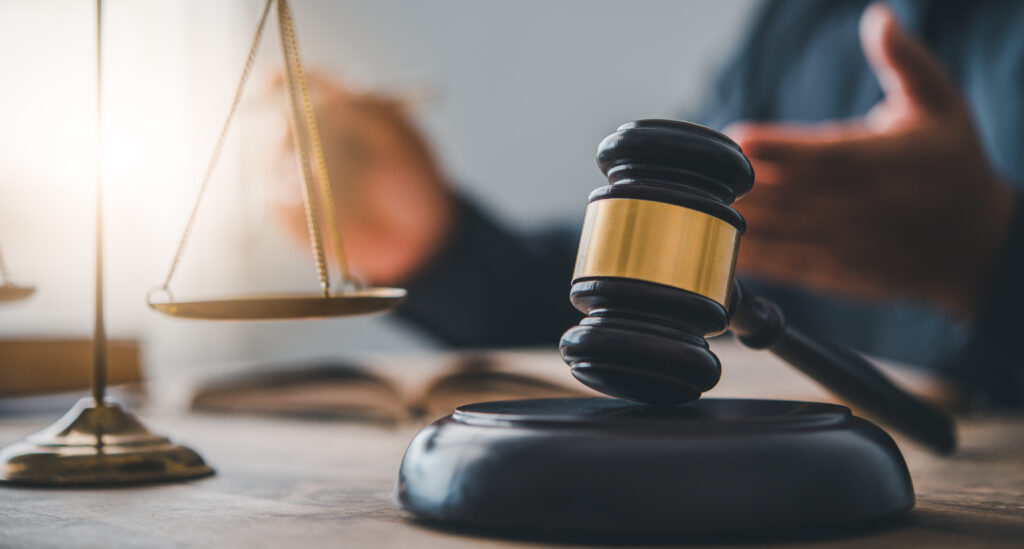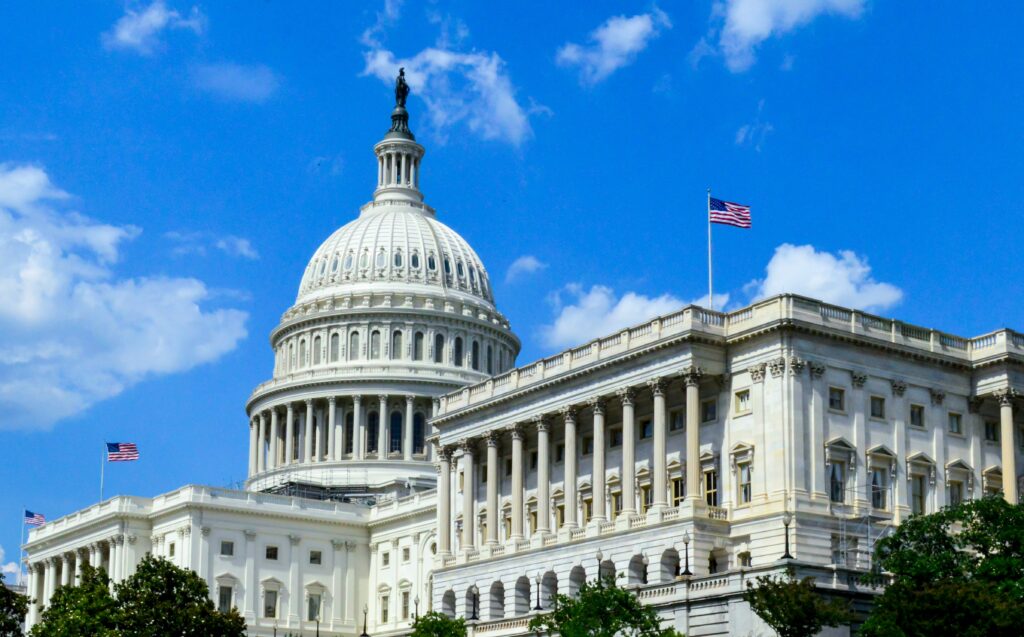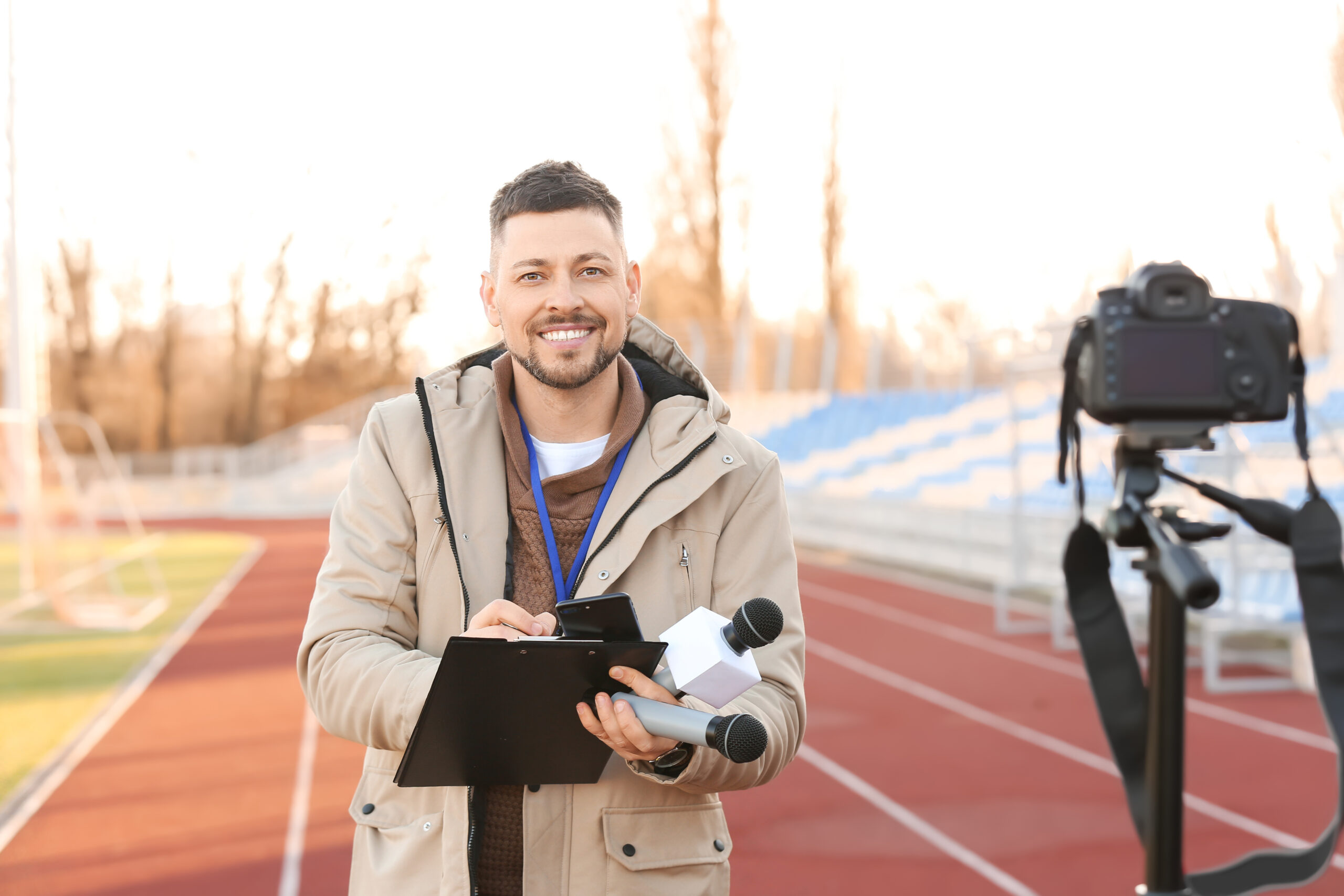
Introduction: Your Stage Awaits in the U.S.
Are you an internationally recognized athlete, part of a top-tier team, or a member of a renowned entertainment group looking to perform in the United States? The P-1 visa category might be your ticket to showcasing your talent on the American stage. This visa is specifically designed for individuals and groups who have achieved significant international recognition in their field.
However, like many U.S. immigration processes, applying for a P-1 visa involves specific requirements and detailed documentation. Understanding the key aspects of the P-1 visa – whether you fall under the P-1A category for athletes or the P-1B for entertainment groups – is crucial for a successful application. This guide breaks down five essential strategies and considerations to help you navigate the process effectively, using clear language for easy understanding, especially for non-native English speakers.
1. Understanding Your Category: P-1A vs. P-1B
The first critical step is identifying the correct P-1 subcategory. The requirements differ significantly:
- P-1A for Athletes: This applies if you are coming to perform at a specific athletic competition, either individually or as part of a team, and possess an internationally recognized level of performance. This also includes professional athletes joining U.S. teams or leagues, and even coaches or theatrical ice skaters under specific conditions. According to USCIS, the competition itself must have a distinguished reputation and require the participation of internationally recognized athletes or teams. You can find detailed eligibility criteria on the official USCIS P-1A Athlete page (External Link 1).
- P-1B for Entertainment Groups: This is for members of an entertainment group (not solo artists, who might consider the O-1 visa) that is internationally recognized as outstanding for a sustained period. A key rule here is that at least 75% of the group members must have had a substantial and sustained relationship with the group for at least one year. There are specific waivers for circus performers and potentially for groups with national recognition under special circumstances. Details are available on the USCIS P-1B page (External Link 2 – Placeholder, as I focused on P-1A sources, but this is the correct official link).
Choosing the right category ensures you gather the correct evidence and meet the specific standards for your field.

2. Proving International Recognition: The Evidence Standard
Both P-1A and P-1B require demonstrating “international recognition.” This means your achievements or your group’s reputation must be known beyond your home country.
- For Athletes (P-1A): You generally need to provide evidence such as:
- A contract with a major U.S. sports league or team, or an internationally recognized competition.
- Documentation meeting at least two criteria like prior significant participation in major U.S. leagues, international competitions, national team participation, significant ranking, or receiving significant honors/awards in the sport.
- For Entertainment Groups (P-1B): Evidence typically includes:
- Proof the group has performed as a starring or lead act in distinguished productions/events.
- Reviews or articles in major publications recognizing the group’s achievements.
- Evidence of major commercial successes or critical acclaim.
- Testimonials from recognized experts about the group’s recognition.
Simply being good isn’t enough; you need documented proof of sustained acclaim at an international level.
3. The Petition Process: Who Files and What’s Needed?
Like many employment-based visas, you generally cannot petition for yourself. A U.S. employer, sponsoring organization, or a U.S. agent must file Form I-129, Petition for a Nonimmigrant Worker, on your behalf.
Key documents required with the Form I-129 include:
- Written Consultation: An advisory opinion from an appropriate labor organization regarding the nature of the work and your qualifications. This is a crucial step and confirms industry recognition.
- Contract(s): Copies of contracts between the petitioner and you (or your group).
- Itinerary: A detailed explanation of the events or competitions, including dates and locations, especially if filed by an agent representing multiple engagements.
Filing the correct form (Form I-129 details here) with all supporting evidence is essential to avoid delays.

4. Essential Support Personnel and Family Members
Recognized athletes and entertainment groups often rely on crucial support staff. The P visa category allows for essential support personnel (coaches, trainers, key technical staff for entertainers) to accompany the primary P-1 visa holder(s). They receive a P-1S, P-2S, or P-3S classification.
The petitioner must file a separate Form I-129 for support personnel, demonstrating that:
- The support services are integral to the P-1’s performance.
- The support person has critical skills and experience with the P-1 individual or group.
- The services cannot be readily performed by a U.S. worker.
Additionally, the spouse and unmarried children (under 21) of P-1 visa holders can typically obtain P-4 visas to accompany them. While P-4 holders can study, they are generally not permitted to work in the U.S. without obtaining separate work authorization.
Understanding these related classifications is important for ensuring your entire team or family can travel together. For related visa options, you might also explore our guide on O-1 Visa Success: 5 Crucial Elements for Your Application.
5. Duration of Stay and Maintaining Status
P-1 visas are granted for the time needed to complete the specific competition, event, or performance, with specific maximum initial periods:
- Individual Athletes (P-1A): Up to 5 years initially.
- Athletic Teams (P-1A): Up to 1 year initially.
- Entertainment Groups (P-1B): Up to 1 year initially.
Extensions are possible, typically in increments of up to 1 year for groups/teams and up to 5 years (for a total maximum of 10 years) for individual athletes to continue the same activity. It’s vital to file for extensions well before your current status expires.
Maintaining your P-1 status means adhering to the terms of your visa – performing only the specified activities for the approved petitioner(s). Any significant changes might require filing an amended petition. If you are considering long-term options, understanding pathways like Your Path to a U.S. Green Card: 5 Crucial Insights into Employment-Based Visas could be beneficial.
Navigating the P-1 visa requires careful planning and attention to detail. Ensuring you meet the recognition standards and provide comprehensive documentation is key. Feeling overwhelmed? Get personalized guidance for your specific situation. Book a consultation with D’Alessio Law Group today and receive a $100 discount by mentioning this article.

Don’t leave your U.S. performance dreams to chance. Expert legal advice can make all the difference in preparing a strong P-1 petition. Secure your $100 discounted consultation now to discuss your case with our experienced team.



